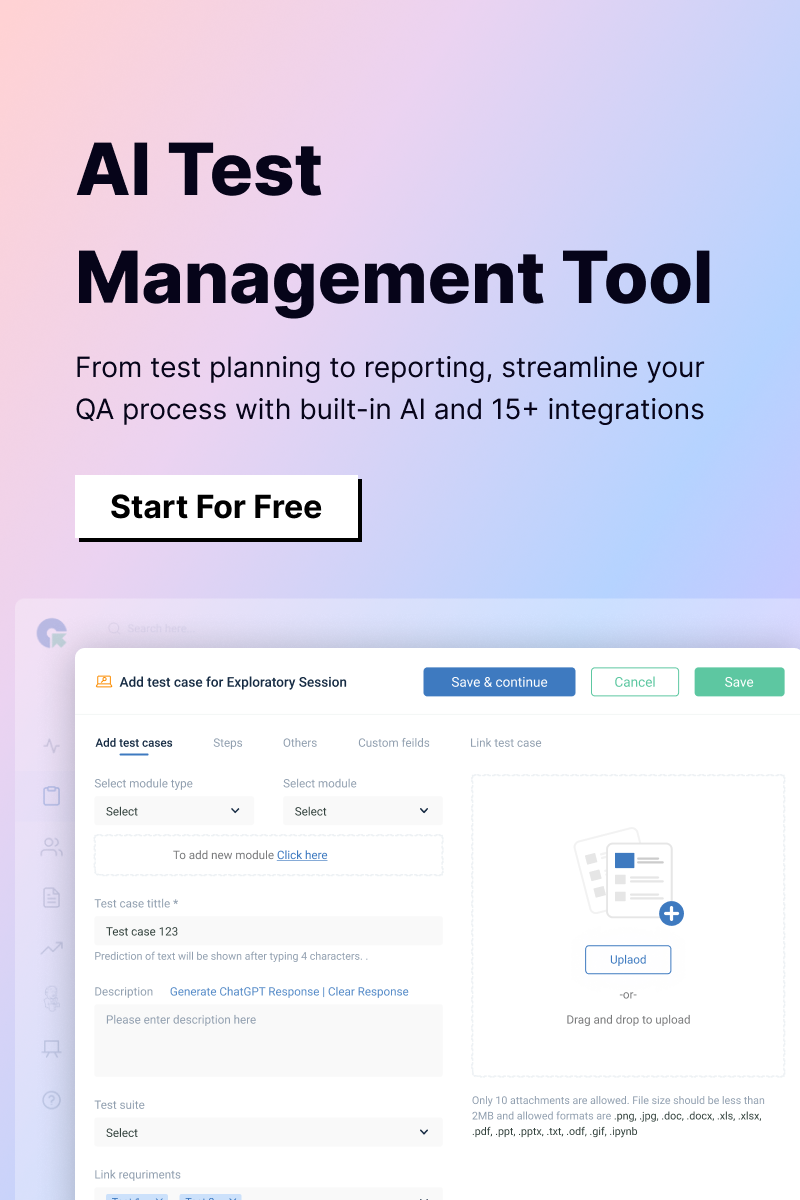Automate localization testing by using tools such as Selenium or Appium to validate UI elements, language translations, date and time formats, and regional settings across multiple locales, integrating scripts into your CI/CD pipeline for continuous verification.
What is a localization test?
Localization testing checks if an application works well for a specific language, region, or culture. It verifies whether the content, design, and features are accurate, functional, and suitable for the target audience.
How do you automate localization testing language in UI?
To automate localization testing for language in the UI, follow these steps:
- Identify Test Scenarios: Define UI elements to be validated, such as text, buttons, menus, error messages, and placeholder content.
- Prepare Test Data: Maintain a repository of translations and locale-specific formats for each supported language.
- Choose an Automation Tool: Use tools such as Selenium, Appium, or TestComplete to interact with UI components and validate language-specific content.
- Write Parameterized Test Scripts: Create scripts that dynamically load language-specific data and verify the display of correct translations, layout, and alignment.
- Test for Encoding Issues: Ensure the application supports UTF-8 or other appropriate encodings to handle special characters and scripts.
- Validate Visual Alignment: Use visual testing tools such as Applitools to check if text truncation, alignment, or overlapping issues occur in various languages.
- Automate Regression Testing: Run tests after every update to confirm that existing translations remain unaffected by new changes.
- Integrate into CI/CD: Automate execution within the CI/CD pipeline to detect localization issues during development.
- Monitor Results: Generate detailed reports for any translation or layout issues found during testing for quick resolution.
What is localization testing with an example?
Localization testing validates whether a software application is tailored correctly for a specific region, culture, or language. It verifies translations, UI adjustments, date/time formats, currency, and cultural nuances.
Example:
Imagine a shopping app being localized for France. Localization testing would verify:
- Language Translation: Labels such as ‘Add to Cart’ correctly appear as ‘Ajouter au panier.’
- Date Format: Dates displayed as DD/MM/YYYY instead of MM/DD/YYYY.
- Currency: Prices shown in Euros (€) instead of Dollars ($).
- Content Direction: Adjustments for languages such as Arabic (right-to-left) if the app supports multilingual regions.
- Cultural Sensitivity: Ensuring images, icons, or phrases are culturally appropriate for French users.



